Michael Hoffman is a national treasure who has taught me a great deal. That said, since I love learning new words, his writing style might be too challenging for all but the most dedicated readers. Without the ability to quickly look up words and terms of art, his writing can be quite difficult for many readers.
For example, I have taken two brief sections of his essential “Secret Societies and Psychological Warfare” and rewritten them in simpler language.
You can find all of Michael’s incredible work at Revisionist History and more on his SubStack.
Let me know what you think.
Mystical Toponomy
When crimes are exposed but no one takes action against those responsible, it functions like a peculiar advertisement for the secret rulers (the “cryptocrats”). It portrays them as criminal masterminds who are so clever that they never face consequences.
This whole situation resembles a classic occult trick, where the real point — like the idea that exposing wrongdoing leads to justice — is mocked by turning it upside-down. The name “Truth or Consequences” was given to a city in New Mexico through a process involving Masonic rituals, word games (“onomatological” — the study of the origin and meaning of names), and “mystical toponomy” (the mystical or magical study of place-names and their deeper significance). This term, mystical toponomy, was first identified by researcher James Shelby Downard. The use of these special names and places acts as a kind of spiritual or karmic challenge, especially when the secret rulers are trying to reveal things they’ve kept hidden.
“Mystical toponomy” and “alchemical cant language” (secret coded speech used in occult traditions) are part of a system that connects historical events (“action in time”) with certain physical locations seen as “places of power.” The cryptocracy views the world as a giant chessboard, with significant locations serving as squares, mirroring the checkered (tessellated) floor found in Solomon’s Temple and Masonic lodges, as well as the chessboard landscape in Lewis Carroll’s Through the Looking-Glass.
If all of this sounds far-fetched, it can be compared to a scientific idea from atomic theory: events are connected by their physical relationship to each other in time and space.
The famous Route 66 highway was designed by Freemasons, apparently to send travelers on a kind of mystical journey (“occult trip”). Route 66 starts at Buckingham Fountain in Chicago, near a university collection of ancient Aztec ritual texts (“incunabula”), and ends in Barstow, California, in the Mohave Desert — a place the Freemasons see as the “cosmic graveyard of the West.” In their symbolism, this place represents the final home of Anubis (the Egyptian god with a jackal head), also connected to the star Sirius.
The origin of Route 66 even echoes medieval pilgrimages (which used to be made by camel), because the modern road followed a trail created in 1857 by Lieutenant Edward Beale and the U.S. Camel Corps. Along this route, Beale and his group reportedly performed secret “alchemical rituals” on the Jornada del Muerto (a desert trail meaning “Journey of the Dead”), which later became the route to the Trinity Site — where the first atomic bomb was detonated 98 years later.

The name “Beale” is itself a symbolic element in the Masonic “game” played with words, numbers, signs, symbols, and places across the map of the United States. Beale Street, for instance, is where the “Jazz Age” began — a pivotal moment that set in motion the transformation of music, ultimately breaking down into what became “rock and roll.”
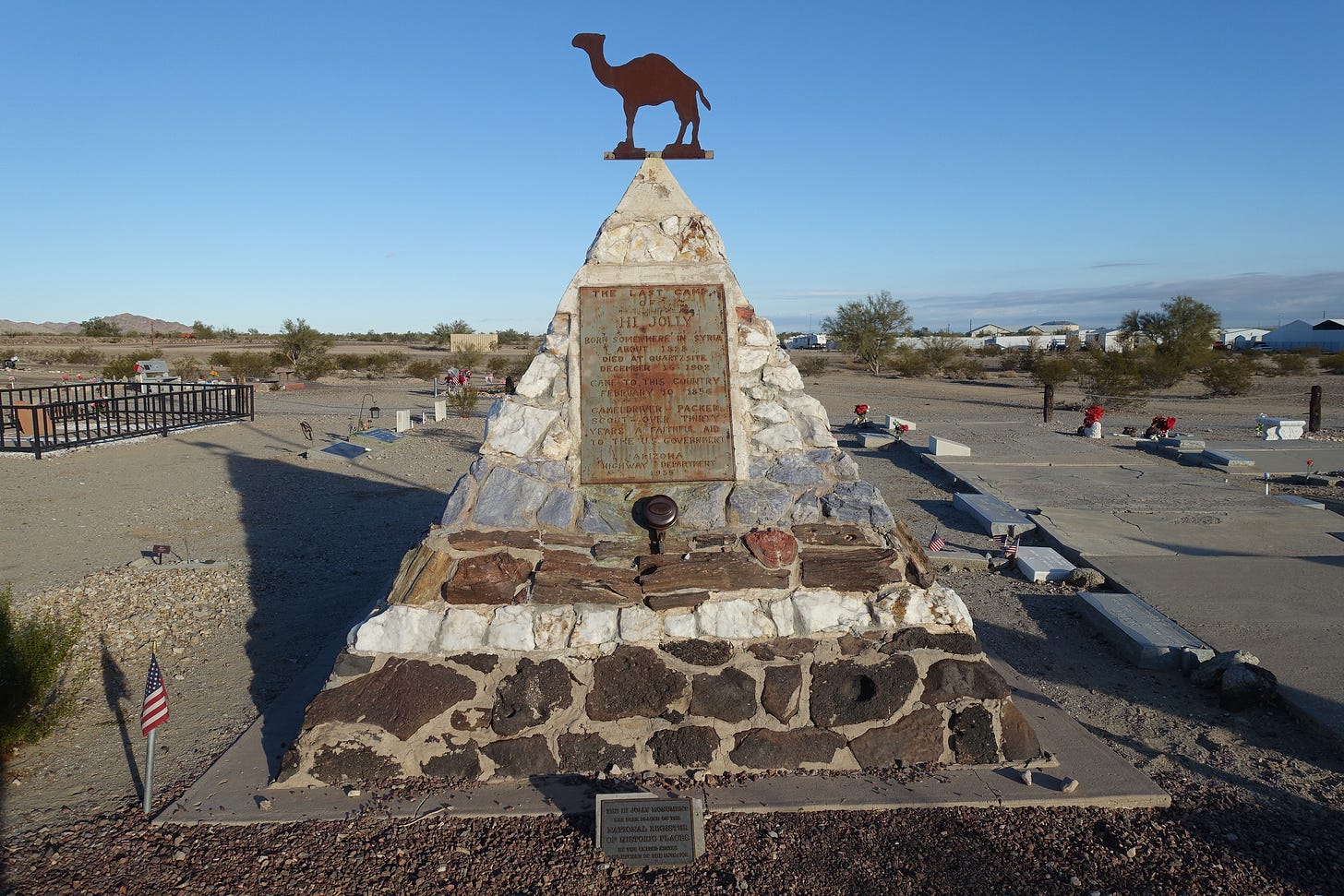
Etymologically, “Beale” comes from “Baalzebub” (also known as “Beelzebub” or just “Baal”), an ancient name for a pagan idol and sometimes associated with the devil. “Baal” also connects to the “New Age” movement’s use of crystals and mystical ideas. In Quartzite, Arizona, the head camel driver for Beale’s expedition, known as “Hi Jolly,” is buried under a pyramid.
Truth or Consequences

There are occult links between Masonic ceremonies performed in the town of Truth or Consequences, New Mexico, and the Masonic rituals involved in both the explosion of the first atomic bomb and the assassination of President Kennedy.
This practice of mapping the world according to magico-scientific toponomy — using a blend of magical and scientific principles to name and select significant locations — recalls the Rosicrucian princes of the Renaissance. These princes created palaces and grounds laid out as elaborate patterns of images and symbols, designed to function as “memory theaters.” A memory theater is a space arranged so that all knowledge, even an entire encyclopedia, could be stored and recalled through its symbols and images.
The cryptocracy — a secretive ruling elite — threw down a challenge to the public by orchestrating a chain of ritual criminal events and choosing locations intimately connected to Truth or Consequences, New Mexico. These events formed an “open-air” ceremony, visible to anyone perceptive or intuitive enough to notice. Much of this Process unfolded in public, making the “truth” visible. The high-stakes gamblers of the Masonic cryptocracy took the risk — these were the “consequences.”
Although it was a gamble, the risk was less significant than it would have been in previous ages. In ancient times, when people were fully aware and alert, such symbolism would have been immediately recognized and met with swift resistance. Those identified as followers of the “cult of Human Brain Power,” whose outward symbol (exoteric sigil) is the pentagram, would have been swiftly punished — added to the long roll of martyrs — figures like those chronicled by Robert K.G. Temple — destroyed by the fearful masses, the craven prisoners of shuttered belief systems.
A shuttered belief system1 refers to a way of thinking — religious or otherwise — that closes off perception and blocks action. It is a mental cage that produces passive, disconnected individuals who fail to recognize or resist what is happening around them.
If people still responded quickly and decisively to those tampering with what they understood as God’s natural order, the cryptocracy’s methods would fail. But today, the cryptocracy — who do not even believe their own propaganda — recognize that modern people, imprisoned in shuttered belief systems and numbed by laziness and disconnection from reality, ensure that any consequences will fall on the public, not the rulers. This is why the Truth or Consequences mechanism has worked: the ritual is performed in the open, but passivity and blindness shield the perpetrators.
If people truly understood and acted on what had been done, the conspirators would face destruction. If not — if the public remains indifferent, forgetful (amnesia), or lacking in will (abulia) — their silence becomes a kind of consent, making the cryptocracy even more powerful and further enslaving humanity.
The cryptocracy is willing to risk exposure because nothing strengthens their control more than the consent — whether active or passive — of the population.
Thanks to my readers' generosity, all my articles are free to access. Independent journalism, however, requires time and investment. If you found value in this article or any others, please consider sharing or even becoming a paid subscriber, who benefits by joining the conversation in the comments. I want you to know that your support is always gratefully received and will never be forgotten. Please buy me a coffee or as many as you wish.
Addendum:
“Shuttered belief system” is a term coined by Michael A. Hoffman II in Secret Societies and Psychological Warfare (1992, 2001). Hoffman uses it to describe any closed, rigid mental framework — religious, ideological, or secular — that prevents individuals from perceiving or acting upon truths outside their conditioned worldview. According to Hoffman, such belief systems “shutter” critical thinking and self-awareness, leaving people passive, compliant, and unable to recognize or resist manipulation by cryptocratic elites.


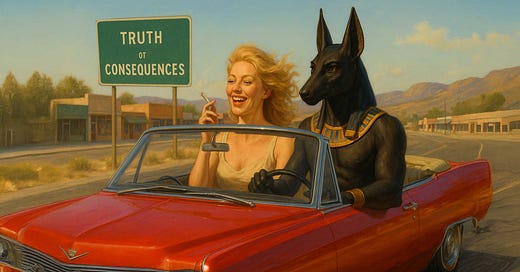



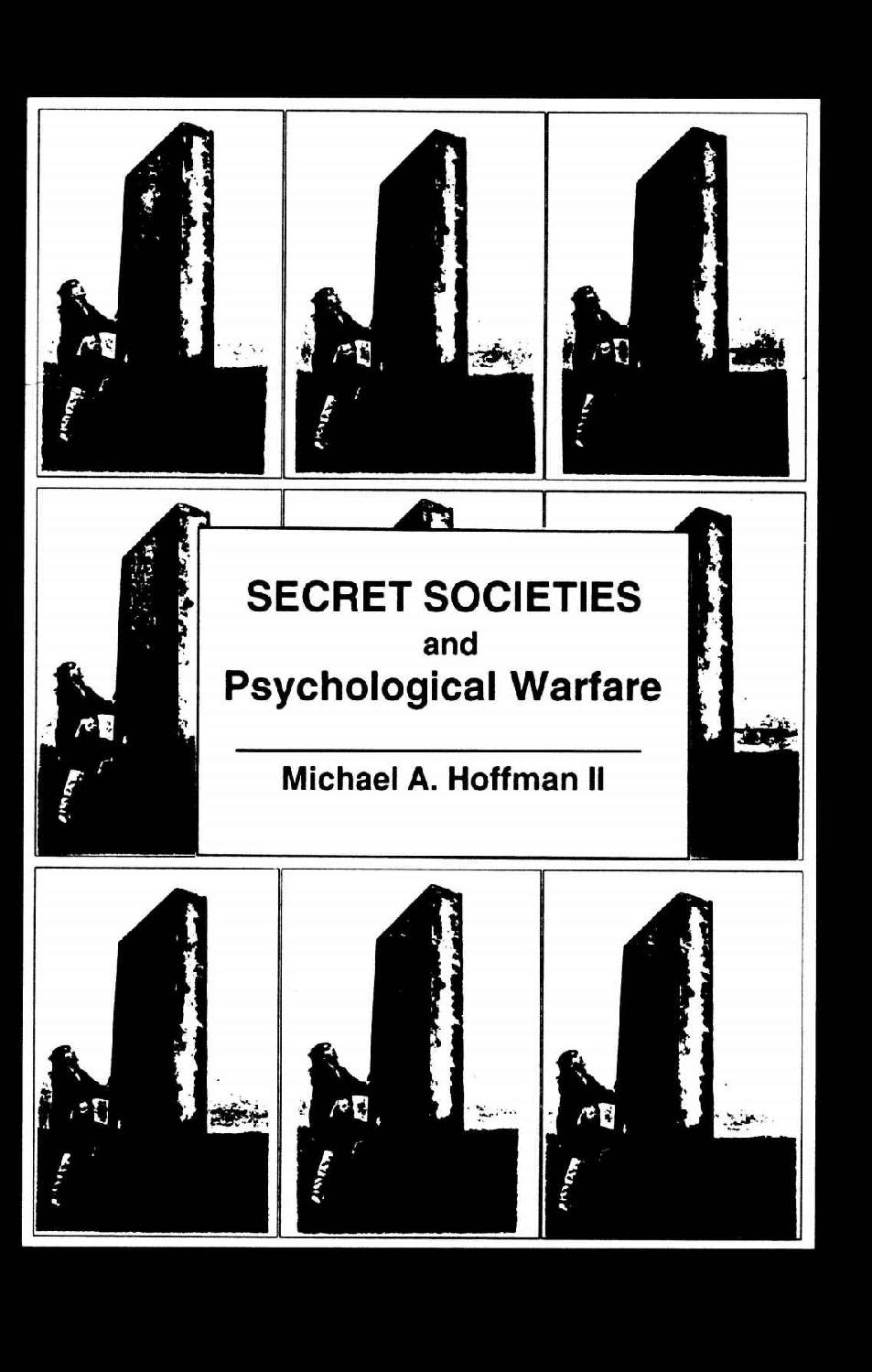
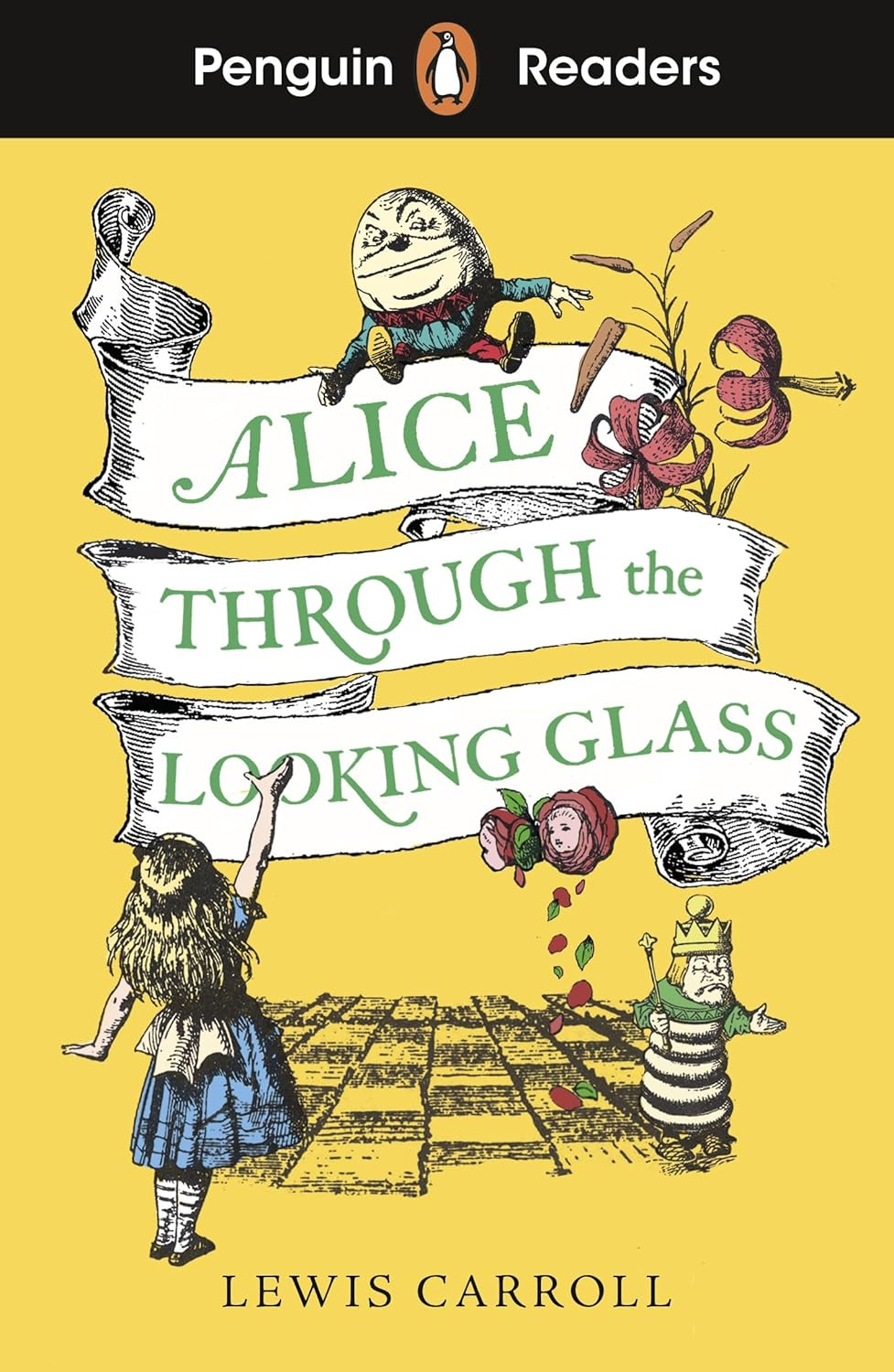
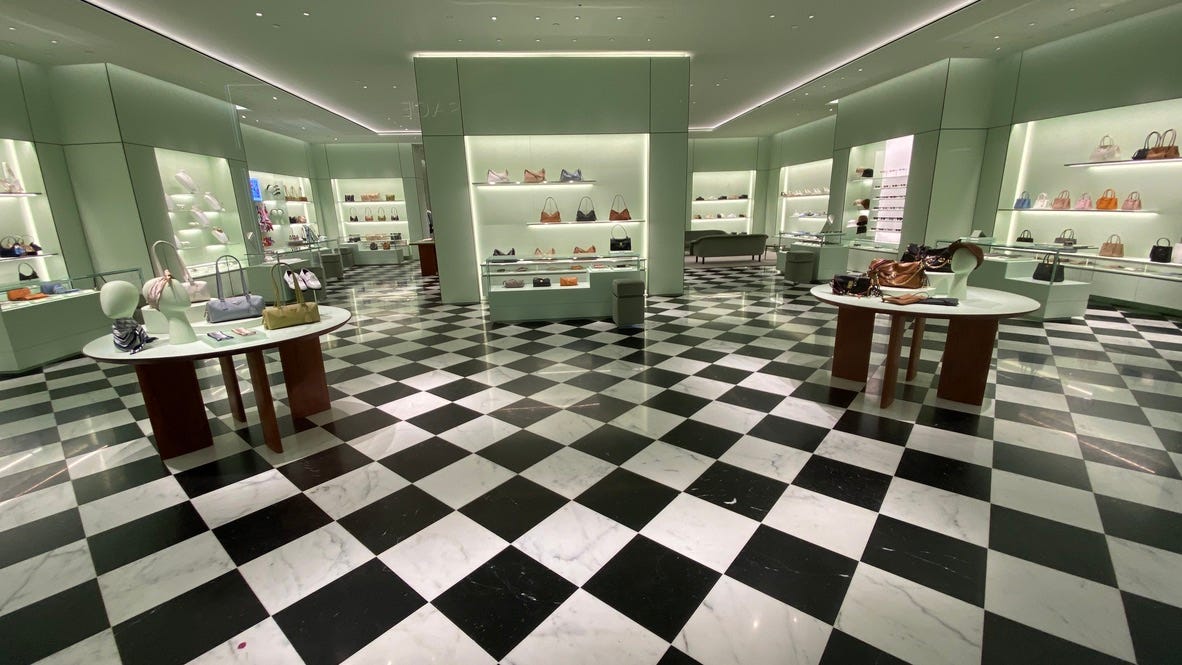
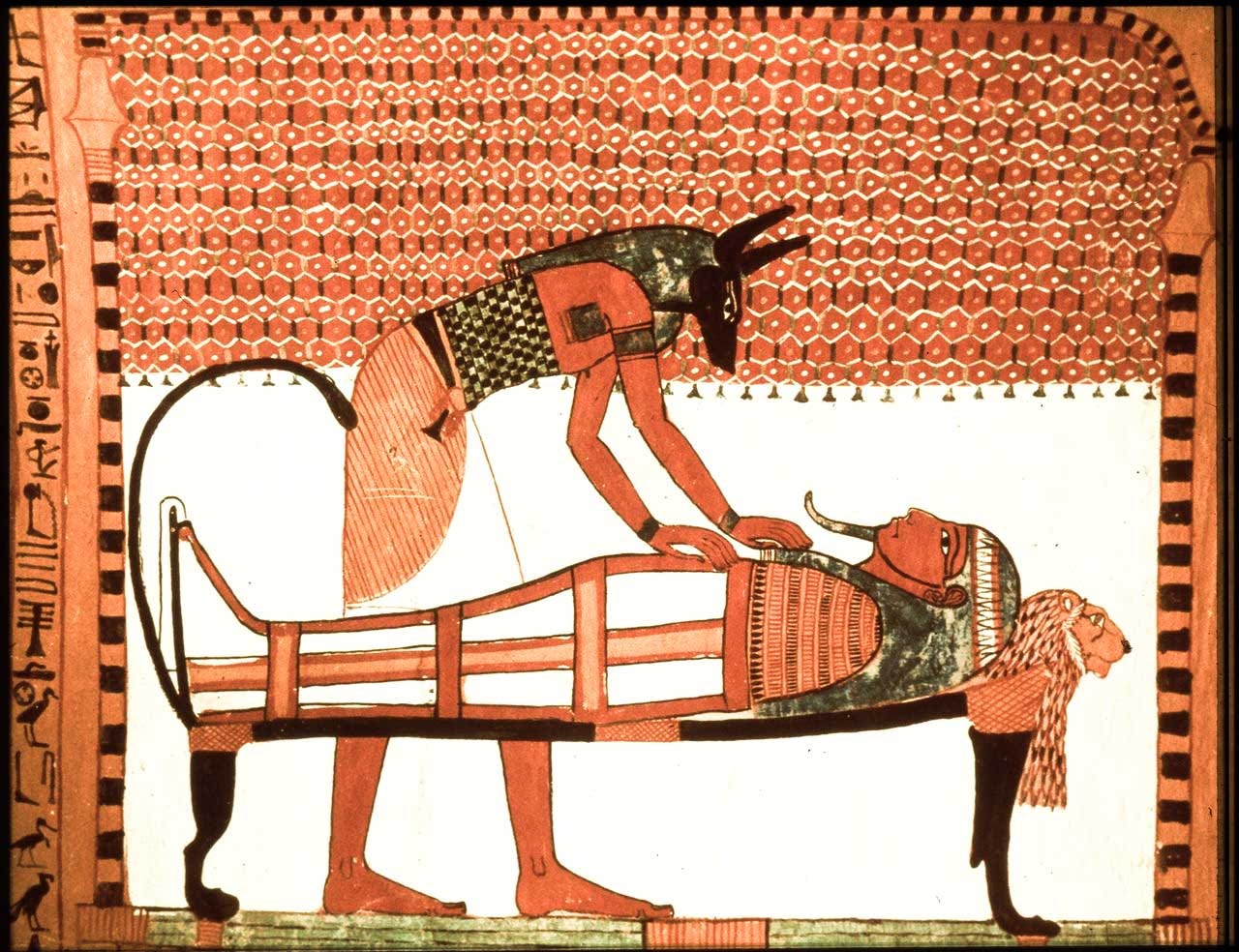



Interesting read, Peter. I do believe that it is important to note that Hoffman is incorrect in his assertion that Barstow was the terminus of Route 66. As a native Californian you probably know as well as I, that Route 66 followed what today is Interstate 15 south from Barstow down the pass to Ontario where it continues west as Interstate 10. Route 66 ended in Santa Monica near Ocean Ave and Santa Monica Blvd, not that far from the Rand Corporation HQ. (which I find much more curious than the symbolism of the Mojave Desert)
So what’s my point? If Hoffman is wrong about “Barstow”, it calls into question the information of the rest of his piece. Anyone with access to the internet can easily find this information even if they are not familiar with the SoCal area. So now, am I to go and verify all the other facts he offered, just accept it as a simple oversight or dismiss the entire article out of hand. Sadly the later is probably where I end up, because someone I respect encouraged me to think critically.
Peace, my friend. You are appreciated more than you know.
"The use of these special names and places acts as a kind of spiritual or karmic challenge, especially when the secret rulers are trying to reveal things they’ve kept hidden."
I guess my question is "why?". Why would this "cryptocracy" want to "reveal things"? Pure hubris? Isn't a "cryptocracy" "rule by hidden means"? We know that the very idea of a hierarchy of humanity must involve hubris, and if I'm correct that the ultimate goal of these "cryptocrats" is immortality leading to replacement of the Creator, the cryptocrats have plenty of hubris.
Unless the signals provide a way to counteract the intentions of said group, I feel that trying to decrypt puzzles is a inefficient use of resources. If maybe by "decrypting" those signals, we can predict and prevent further extension of control by said "cryptocrats", that seems worthwhile. Otherwise, it seems like the Batman TV show when the villain carefully details his entire plan rather than simply shooting the heroes in the head.